This guest post written by Laura Power appears as part of our theme week on Women Directors.
Marielle Heller, Miranda July, and the women directors of Jane the Virgin are infusing elements of whimsy into their work in strikingly different ways, but to similar effect. The styles they’re using affect the audience’s relationship with their stories and with the characters themselves by giving the viewer an insight that traditional narratives don’t provide.
Marielle Heller’s film, The Diary of a Teenage Girl (based on Phoebe Gloeckner’s hybrid graphic novel of the same name) depicts a coming-of-age narrative — a narrative that film audiences have seen hundreds, if not thousands, of times — in such a way that turns the genre into something fresh and spectacular. Our teenage hero is budding comic artist Minnie Goetze (English actor Bel Powley), who lives in San Francisco with her sister Gretel and her single, swinging mother (played by Kristen Wiig). Heller opens the film with a low angle shot of Minnie’s behind as she walks through a park and her voice-over narration reveals: “I had sex today: Holy Shit.”
Minnie’s narration certainly gives us a glimpse into her mind, her feelings, and her emotions. Heller uses this trope to good effect and doesn’t overdo it. But it’s not the voice-over that shows us our true Minnie. It is Heller’s use of animation that allows the audience insight into Minnie’s mind, because we see things come alive in the instant she feels them. Heller uses Sara Gunnarsdóttir’s original artwork and animation to let us “see” Minnie’s thoughts and feelings. Gunnarsdóttir’s work is certainly inspired by Gloeckner’s early original drawings, and some of those drawings appear in the film itself (Gloeckner was a consultant on the art and animation).
The art itself is excellent, but the way Heller uses it is the real magic. Minnie is a girl whose imagination makes the static things around her come alive — the drawings on her wall and in her diary, the stars painted on her bedroom walls and ceiling, the cover of Aline Kominsky’s comic. It’s an effective and creative narrative tool to develop Minnie’s character. But Minnie doesn’t just animate things she already sees; she also creates objects out of her feelings. Hearts appear in the bathtub as she thinks about Monroe (her mother’s boyfriend with whom she has an affair) and, later, flowers bloom out of the receiver as she talks to him on the phone; feathers cover her hands and body and give her wings as she feels empowered on an acid trip; fireworks light up the sky when Minnie and Tabatha kiss for the first time. These are beautiful, sweet, and romantic additions that emphasize what we already sense Minnie is feeling.
But Heller is smart to not let the animation just be sweet; she also uses it to bring us down to understand Minnie’s lowest points. When Minnie feels rejected after Ricky calls her “intense,” we see her self-portrait animated as a giant holding the tiny boy between her thick fingers and then tossing him down to the ground; when Minnie hears Tabatha and Mike talking, she imagines them as black and white grotesque heads and bodies pressing in on her claustrophobically as she realizes she is not just in the apartment to eat a grilled cheese sandwich. The animations make Minnie round, full, and a character whose emotions we, the audience, can truly know, and a girl whose story we can truly feel.
The women directors of television’s Jane the Virgin also use expected and unexpected devices to infuse whimsy. Max Thornton, writing about the series soon after it premiered in 2014, said that it has a “jocular self-awareness,” and this is absolutely true. But that silliness and breaking of the fourth wall is not only done to make us laugh, but also to tell a story in a way unlike any other.
The show uses an omniscient narrator (voiced by Anthony Mendez) and text that appears across the frame as though it is being typed immediately (complete with clicking keyboard sounds) to give backstory, explain character motivations, and stand in for what we, the audience, might be thinking. It allows us to know so much more than the characters know at any given time, but also to know just what Jane (Gina Rodriguez) is thinking and feeling. We are intimately connected to Jane, her feelings, and her story.
To date, there are thirty-eight episodes, or “chapters” of Jane the Virgin, each one using a combination of stylistic devices that include the aforementioned voice-over and text as well as dream sequences, imagination sequences, and animation. Although not every episode is directed by a woman, almost 60% are, and all episodes include a writing credit for show creator Jennie Snyder Urman. The second episode, directed by Uta Briesewitz, and the thirty-seventh episode, directed by Melanie Mayron, provide a good framework to look at how the show uses unconventional narrative devices to tell a great story with a specific and consistent style.
Whereas the pilot, directed by Brad Silberling, sets up the excellent premise, world, and characters of Jane the Virgin, it’s not until the second episode, “Chapter Two,” directed by Uta Briesewitz, that the women of the show (including Briesewitz herself) really start to fly their true colors. This episode brings up issues of family, class, marriage, and sacrifice — both the male expectation of a woman’s sacrifice as well as the reality of a woman’s sacrifice. These themes are introduced and navigated using flashback, imagined scenes, and animation, as well as, of course, tropes from and conscious references to the telenovela genre.
Michael, Jane’s fiancé, is so focused on the fact that Jane once kissed Rafael, that he mishears Rafael as saying, “I used to make out with Jane a lot.” Playing with reality and fantasy this way, Briesewitz gets us into Michael’s head and reveals his insecurities in a way dialogue doesn’t always do. As Petra, Rafael’s wife, explains the moment she realizes he stopped loving her, a single, magical, animated teardrop falls from her face and onto the ground. We feel for her character and our sympathy is reinforced as the narrator reveals that (after two episodes of lying) she is finally being truthful. All of these whimsical pieces make up an episode that illustrates the true strength and sacrifice of the show’s women: Jane changing her entire life to make her best decision about the pregnancy and telling Michael, “I get to be selfish now, not you”; Xiomara (Xo), Jane’s mother, sacrificing herself during Jane’s quinceañera by doing some embarrassing song-and-dance karaoke in order to save Jane from seeing her date make out with another girl; Xo standing up to Rogelio when he pushes her in an effort to meet Jane for the first time.
A more recent episode, “Chapter Thirty-Seven” directed by Melanie Mayron (who also plays the part of Jane’s new graduate school advisor), employs Jane the Virgin’s tried and true stylistic techniques to cover sub-plots dealing with post-traumatic stress, new motherhood and infant bonding, a woman’s need to be validated by other people, and romance between sexagenarians. Our ever-present omniscient narrator gives us the low-down on what’s going on in our characters’ heads, as well as, possibly, in our own heads as we watch. But there is added whimsy through animation: hearts float from Rogelio’s chest when he hears that Jane and Michael are back together and engaged to be married (nearly identical animation to what Heller used in The Diary of a Teenage Girl); Mayron uses flashbacks to show simultaneous narratives as Michael rescues Rogelio from his stalker-kidnpapper (remember: telenovela!), and then uses animated arrows to point to elements in the frame that Michael sees; green check marks appear whenever a scene has passed the Bechdel Test, and red X’s appear whenever a scene has failed; and finally, in one of the most (or least?) subtle, Mayron the grad school advisor character is telling Jane that she needs a “frame” for her work, and Mayron the director cuts to a scene with a literal frame of a shot on Rogelio’s telenovela. This woman knows how to have fun. (And can we give this episode extra credit for mentioning the Bechdel Test in the first place [as well as for mentioning book clubs and Family Matters]?).
It feels appropriate to leave Miranda July for last, since she seems to exist in her own wonderful world. Her films are both stylistically consistent and unique, and she uses whimsy in her writing and her directing in a way that helps her, her characters, and her audience deal with big, dark ideas.
Some might dismiss July as twee, but they would be making a huge mistake. July’s work is, perhaps, cute sometimes, at least on the surface. In her debut feature film, Me and You and Everyone We Know, July plays performance artist Christine Jesperson, who puts white ankle socks on her ears to get the attention of a shoe salesman named Richard (played by John Hawkes), and July has Richard’s six year-old son Robby catfishing a woman over instant messenger by telling her that he wants to “poop back and forth” with her, forever.
And those things are adorable, but July’s subject matter sure as hell is not. Me And You And Everyone We Know deals with connections and disconnections, with heartbreak and humiliation, with sex, with death. In the first five minutes of the film, Richard sets his own hand on fire in front of his two young sons. Soon later, a middle-aged man woos two teenage girls by posting hand-written signs in his living room window explaining the sexual things he’d like them to do to him, and to each other. And just as soon as Richard and Christine seem to have made an honest connection — a connection that is all Christine wants — Richard immediately turns on her, telling her that she doesn’t know anything about him: “I could be a killer of children,” he says, destroying their connection in a matter of seconds. July uses the sweetness, the innocence to offset the darkness of the film as well as make it an even more striking comment on humanity.
July’s second film, The Future, is even more stylistically interesting and uses techniques similar to Heller’s and the Jane the Virgin directors’ to tell a story about infidelity, depression, and death. And, strangely, it’s even cuter than Me And You And Everyone We Know. It’s narrated by a cat named Paw-Paw (voiced by July). Yes, you read that right: it’s narrated by a cat.
The cat is the marble that starts the entire Rube Goldberg machine that is The Future. Sophie (Miranda July) and her boyfriend Jason (Hamish Linklater) decide to adopt the cat, but he is injured and cannot come home with them for a month. This gives the couple the push to use that month as though it’s their last month living life as they know it: they quit their jobs, Sophie disconnects the Internet to focus on making dance videos, and she begins a secret affair with a man she calls on the phone spontaneously in an effort to pull herself out of a kind of depression.
And Paw-Paw the cat does a voice-over narration as he watches the clock, waiting for Sophie and Jason to pick him up. July turns that particular storytelling device on its head, but she doesn’t stop there. She also creates a personified crawling T-shirt (Sophie’s security “blanket”) that inches closer and closer to her until she must finally put it on (leading to an interpretive dance in the middle of her lover’s master bedroom). July also includes a scene where Sophie must deal with her disconnection from her friends and her former life, and she does this by showing the friends pregnant, then with infants, then toddlers, then teens, and so on until the children stand before Sophie, grown adults with their own children. It is of course, all in Sophie’s head, but the startling absurdity of the scene jars the viewer into understanding how helpless she feels in this moment.
Just as with Me And You And Everyone We Know, The Future tells a story that has been told before: people splitting up and being unhappy and then happy, and unhappy, and then finally — hopefully — happy again. But July uses an unconventional whimsy to show us life’s sweetness, its hopefulness, and, sometimes, its tragedy.
This is what women — at least the women at the helms of these films and shows — are doing so well. They are playing with story, with expectations, and with the genre of narrative film itself. And the playing is not always for fun, and it is not even always successful. But it is always appreciated.
Laura Power teaches English composition and creative writing at a two-year college in Illinois. You can read more of her work at Cinefilles and Lake Projects and follow her on Twitter @chicagocommuter.
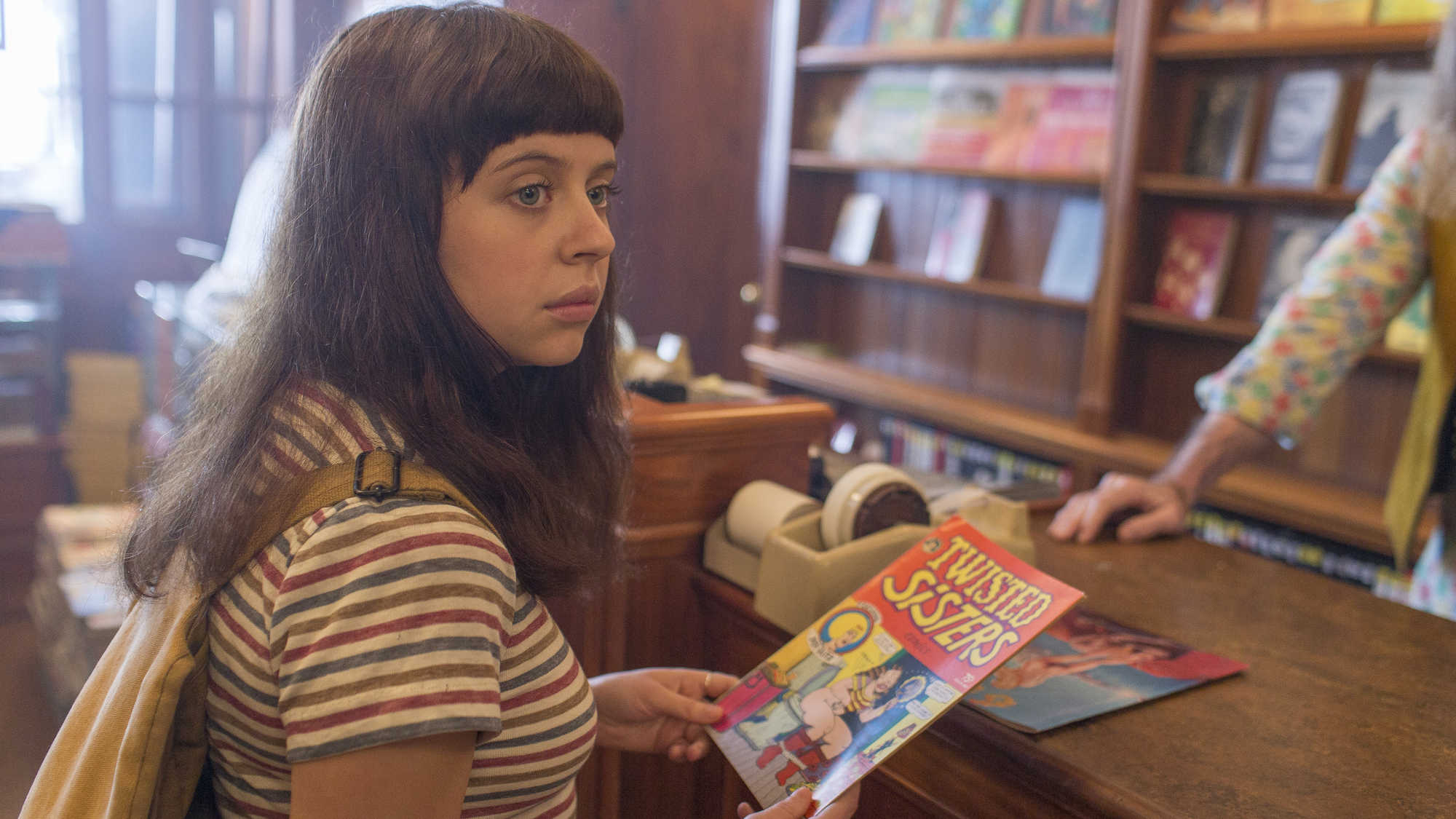
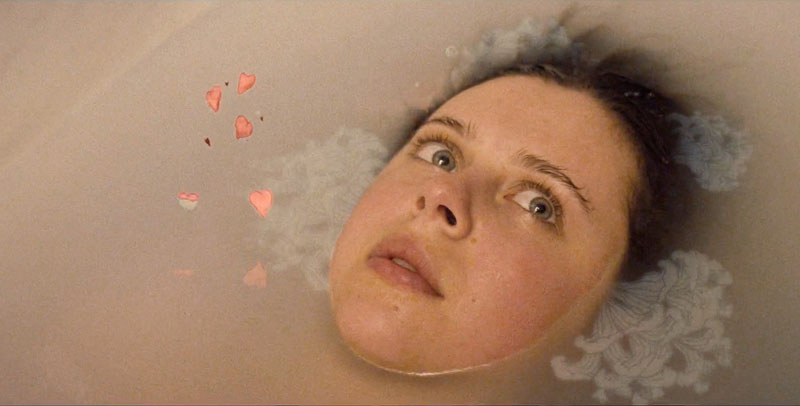
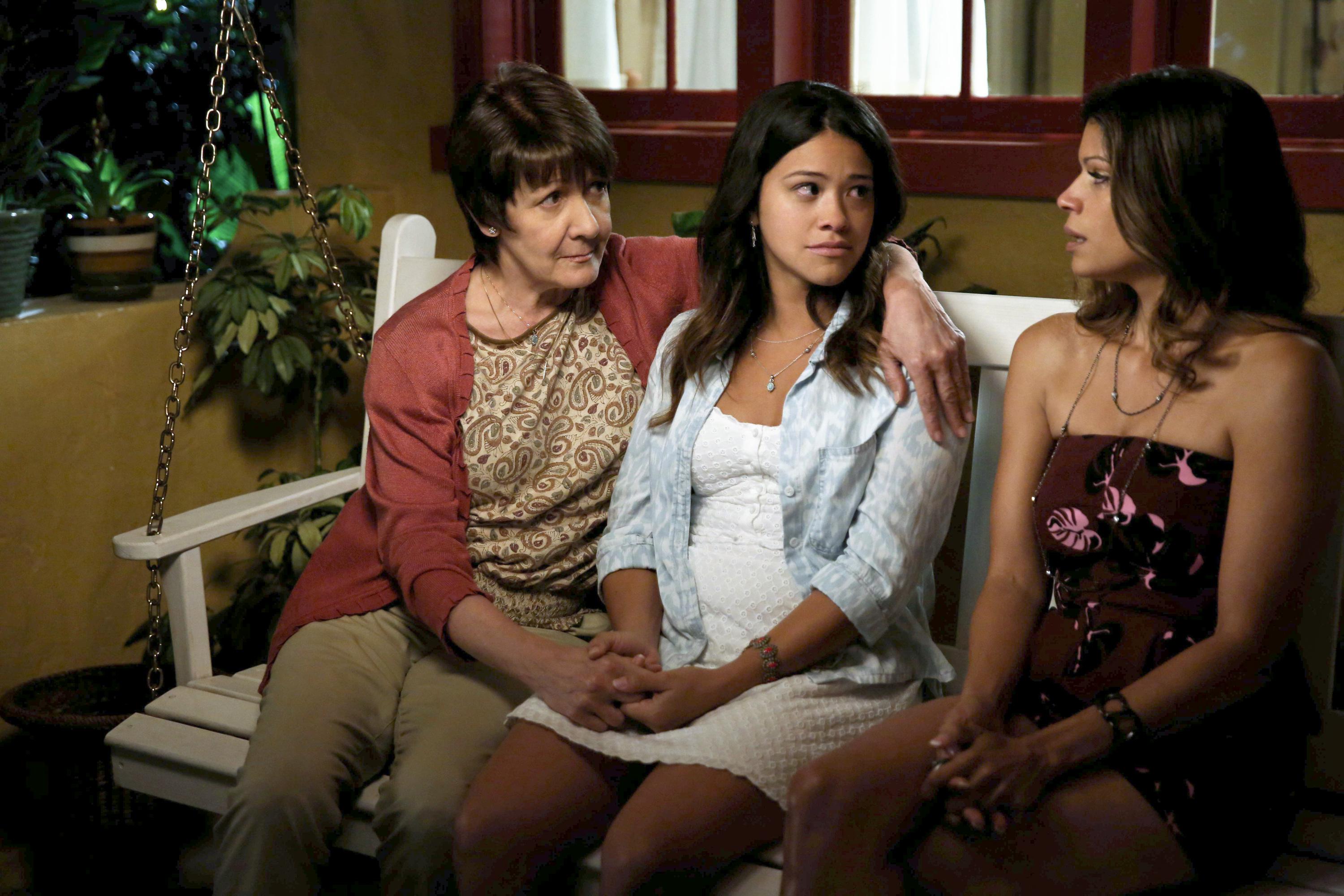
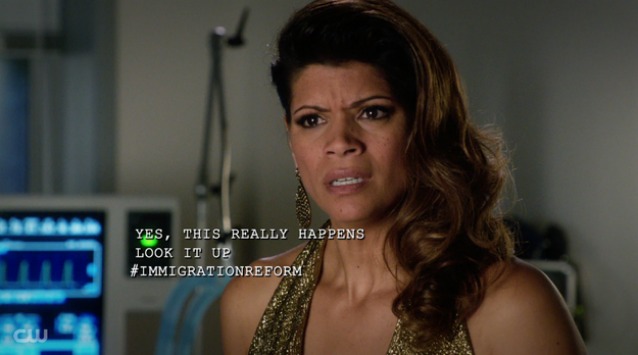
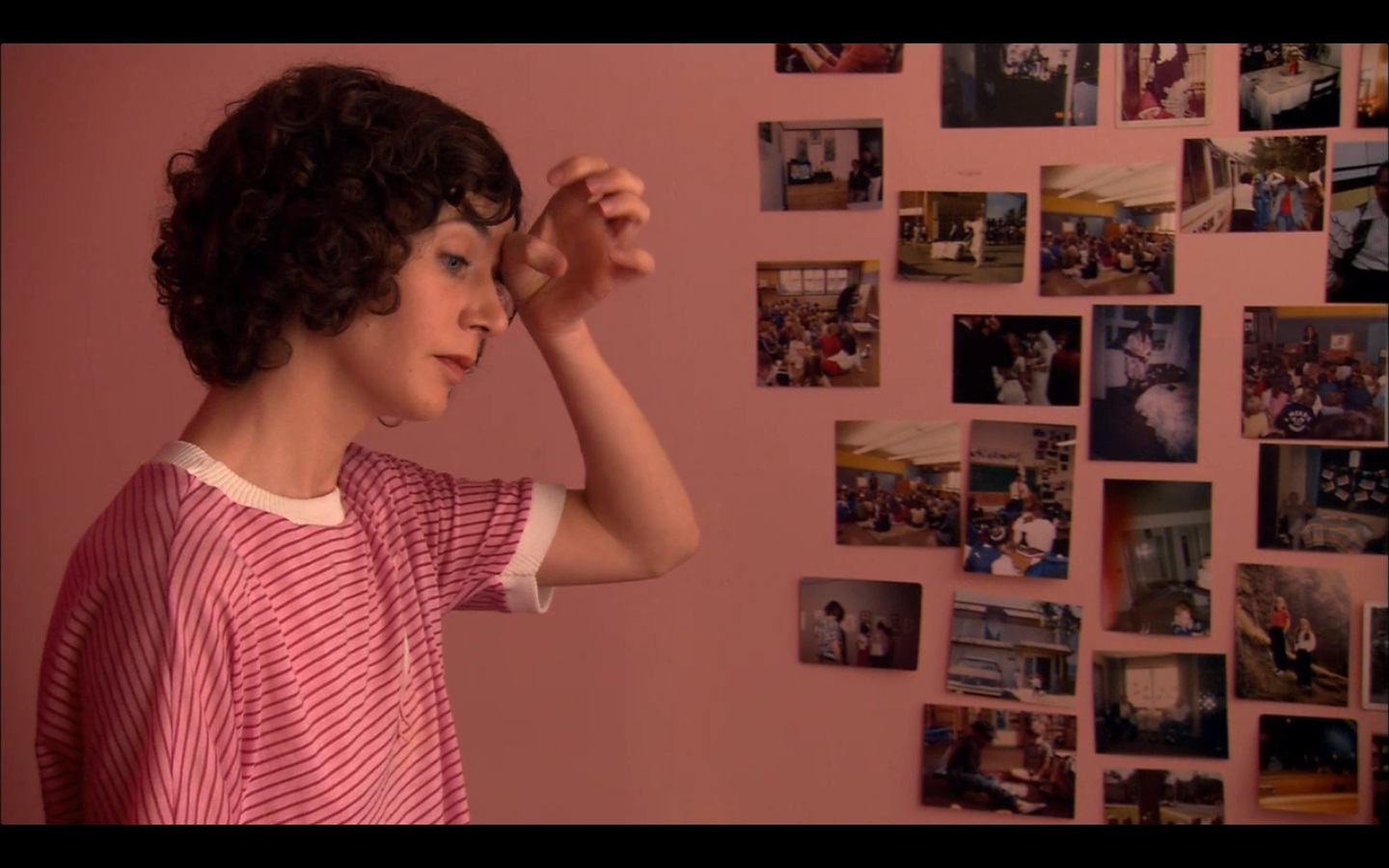
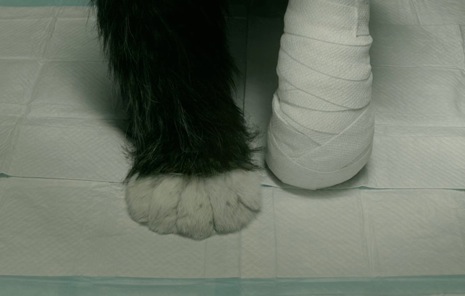
2 thoughts on “How Women Directors Turn Narrative on Its Head”
Comments are closed.